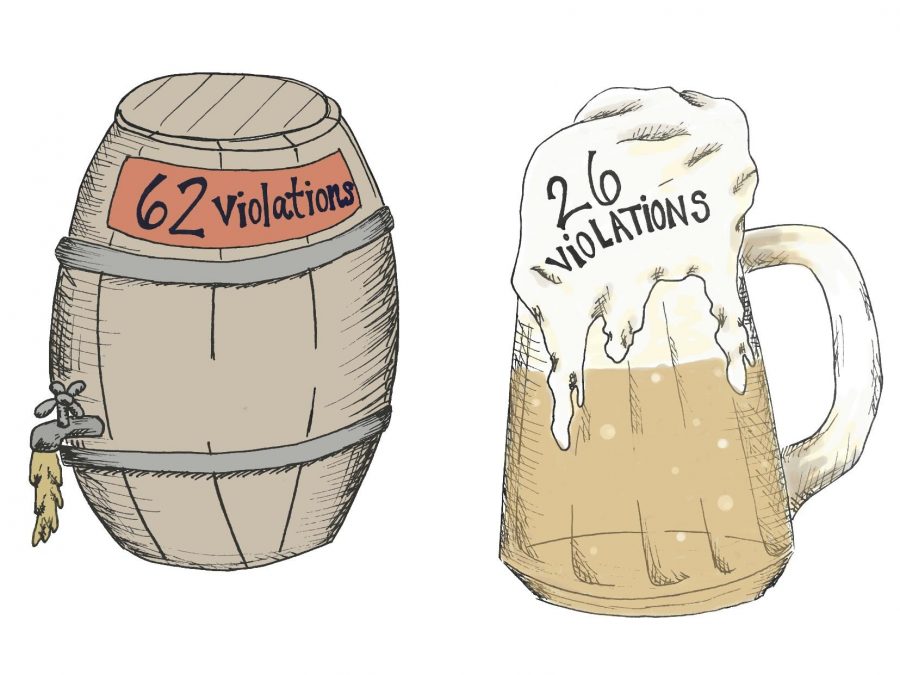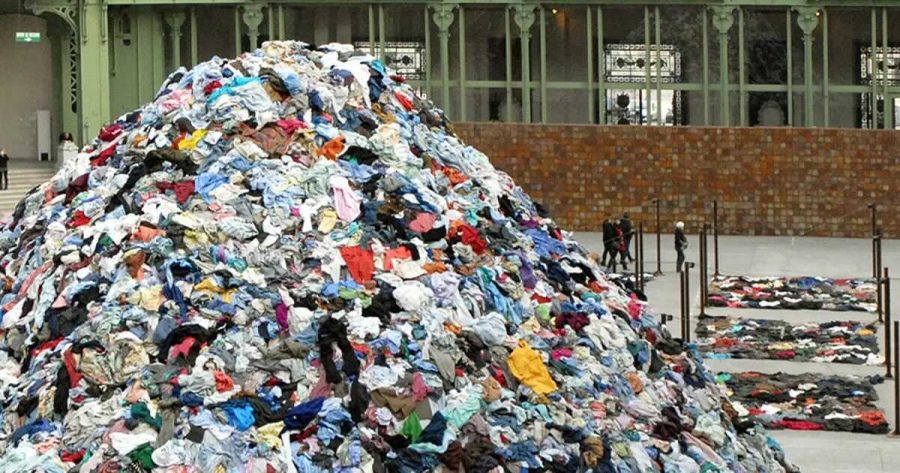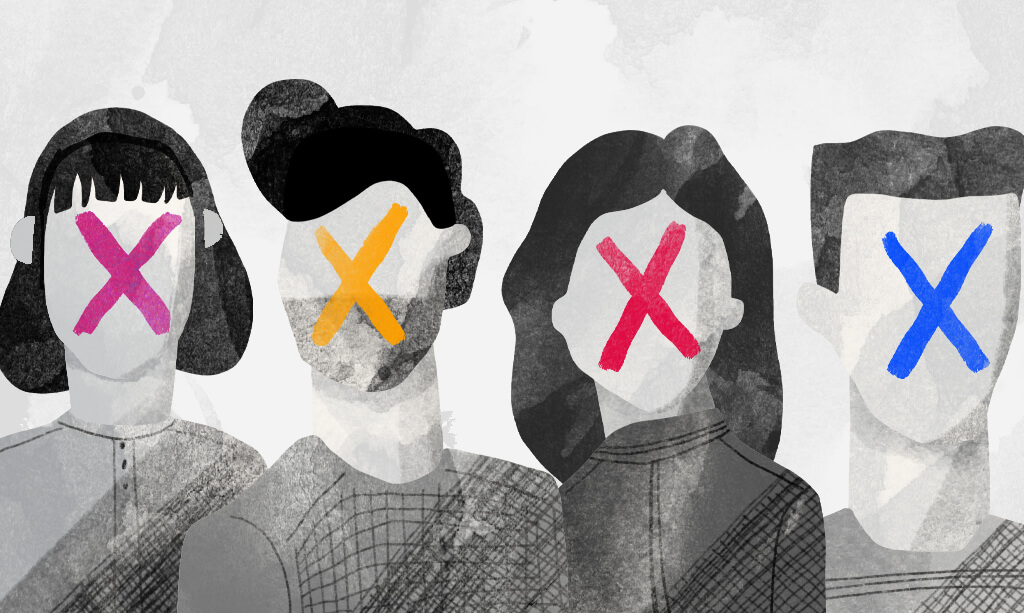Principal Stephen Imbusch recently made the decision to cancel all school sponsored dances at Walpole High School, excluding the Freshman Semi-formal and Prom. The decision gained national attention from The Wall Street Journal as well as localized recognition from The Walpole Times, The Boston Globe, Fox 25 and CBS Boston. Imbusch made a formal announcement about the cancellation of the dances to the parents of Walpole High School students through an e-note, a weekly informational letter, published on Sept. 16. However, Imbusch never communicated to the students themselves that the dances were cancelled.
There is no doubt that Walpole High School is facing a huge chemical health problem. Principal Imbusch is not wrong in his analysis of the unsafe environments at school events; after Imbusch’s statements to parents, it’s clear that the safety of students at these events has been a questionable subject for at least the past two years. Therefore, Imbusch’s decision is valid, considering the fact that the cancellation of the events will realistically minimize the danger for both students under the influence and those in a school environment with others who are intoxicated. Though Imbusch made the decision with the protection of students in mind, his choice was too radical. There are alternative ways to create a safer environment at school and reduce chemical health infractions without cancelling the dances. We can foster a safer environment without punishing the majority of students for actions they didn’t take.
Communication
On the first day of this school year, Principal Stephen Imbusch and Assistant Principals Lee Tobey and Sean Powers gathered each grade to brief students on the changes made to the vaporizer, tardy and cheating policies. Though an informative introduction to the school year, at this briefing, administration failed to inform the student body that they had eliminated all school dances except for Prom and Freshman Semi-formal. Students found out that the dances were cancelled not through their own administrators, but rather, through an article published in The Walpole Times. And although most people were unaware, according to a recent article published in The Wall Street Journal, Imbusch made the initial decision to end school dances last spring.
Moreover, parents were completely unaware of the problems at school dances because, again, administration failed to communicate. Although administration has been attempting to improve communication with the students through the recent creation of groups like The Round Table, a collaboration that allows administration to gain input from a male and female representative of
each grade, the original cancellation was shocking for many students. Specifically for parents, the announcements that have followed the cancellation are even more concerning. Why did administration, if the dances really were so dangerous, not communicate with the parents beforehand?
“As the night progressed, the behavior of these students deteriorated to a point that would embarrass any parent in Walpole; students falling around the dance floor being held up by their peers; students throwing up in the bathroom; students dancing in ways that shocks the teachers and the adults who are in charge of educating and shaping the future of those students,” Imbusch wrote. “This behavior is fueled by the music, the lights, the ‘safety in numbers,’ and the alcohol.”
This inappropriate behavior is clearly not a new development, so parents should have been made aware of the potential danger at school dances well before the dances were cancelled about three weeks ago.
Walpole High School’s Reputation
Media coverage of the decision portrays the school negatively and suggests that all students partake in inappropriate behavior. The students at Walpole High School participate in sports teams that regularly qualify for tournament, a Student Council that is recognized on the national level, a Robotics team that visited the world competition last year, a Speech and Debate team that sends students to the National tournament, and a film program that produces professional-grade projects—among various other outstanding extracurriculars. But instead of acknowledging these achievements, the media portrays Walpole High students as the kids who are too drunk for their own school dances, similar to how the media has previously portrayed them as Confederate Flag fanatics.
In The Boston Globe, Imbusch explains that he cancelled the dances to protect students from possibly dangerous situations.
“In the meantime, before one of your children gets hurt or mistreated on the dance floor, gets assaulted after they leave the dance by an intoxicated student, or wraps their car around a tree, I maintain my stance regarding dances at Walpole High School,” he said. “It is impossible to sanction events that can possibly put students in such grave danger.” Though Imbusch meant to use this statement as a way to show parents the dangers of the dances, the media ran with the severe speculations he made to the point that Walpole High students were generalized as aggressive and impulsive teenagers.
Furthermore, media coverage misconstrues the facts of student misdemeanors. The article in The Boston Globe states that in the past two years, Walpole High had 33 drug and alcohol violations, with 12 that occurred at school dances. While these statistics are correct, several media outlets failed to recognize the fact that chemical health violations on the whole have decreased. Drug and alcohol violations are those that occur on school property, for example when a student is in possession of or under the influence of illegal substances while at school or a school-sponsored event. Chemical health violations, on the other hand, include any and all alcohol violations whether on school property or off school property. Drug and alcohol violations are also considered chemical health violations. The 2014-2015 school year alone had 62 chemical health infractions, but this number decreased to 26 in the 2015-2016 school year. Is it not important to note the 58% drop in chemical health violations in the past two years? But aside from the media’s portrayal of WHS students, these statistics raise another interesting question: why are students facing stricter punishments this year if there has been an improvement in the number of violations in the past two years?
Solutions
It is time for Walpole to take ownership of its issues. Teen drinking is a major problem and steps must be taken to educate students before it is too late. According to the National Institute on Alcohol Abuse and Alcoholism, 33% of students have had at least one drink by age 15, and 60% have had at least one drink by age 18. Alarming as this may be, it is the reality of the situation. Though the school should promote avoidance of alcohol and other drugs, the school must also inform students more realistically on ways to stay safe when they do encounter alcohol; whether students encounter alcohol in their high school career or later in life, the knowledge of smarter drinking habits could prevent future tragedies like the ones Imbusch mentions as possible outcomes of school dances.
By cancelling the dances, administration treated the drinking issue as an insurmountable problem. Last year, backpacks and bags were banned from the football games, and a student-only entrance was added. These changes and preventative measures that ensured a safer environment at the football games worked to solve the chemical health violation problem without banning students from football games. Even though these measures have been put in place, student attendance at the football games and participation in the Brigade have been greater than ever before. This solution to drinking at football games should be applied to school dances.
Like at football games, students should not be permitted to bring bags into the dances. If students arrive to dances drunk, behave drunkenly or behave inappropriately at all, immediately remove them from the dance. Then, put them into police custody and keep them there until they can be safely escorted home by their parents. Underage drinking is a crime and it is time that the school treats it as such. If students drink on school grounds, punishment is in order. Students should not be allowed to attend future events after they drink. And if certain students are acting as obscenely as administration claims, why does administration continue to allow them to stay and return to more dances?
One question remains: why did administration immediately jump to the conclusion that the only way to solve the problems at school dances was to cancel them entirely? In the same way that administration worked constructively to foster a safer environment for spectators at school sporting events, they should have attempted to establish more positive solutions before instituting the most radical option possible—one that is divisive, controversial and uncompromising. With increased communication and trust, students and administration can work together to create a positive and protected school environment.















